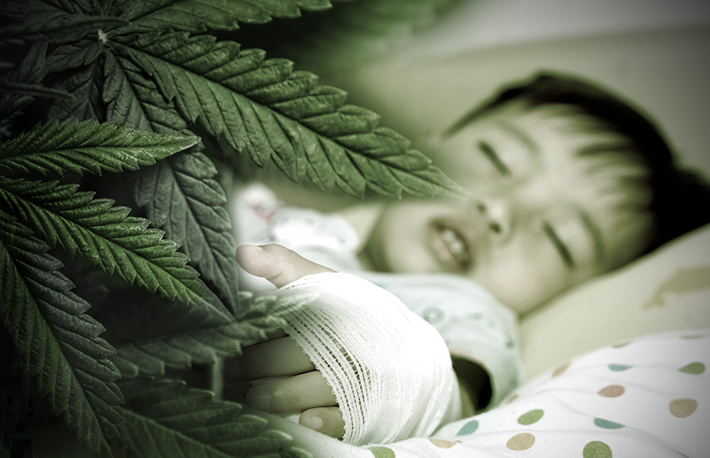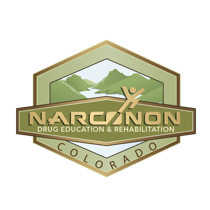More Young Children are Being Exposed to Marijuana

More young children are being exposed to marijuana at dangerous and toxic levels, and that is something to be worried about. As the nation continues to move forward towards a pro-legalization country, marijuana is becoming far more prevalent amongst the populace. As a result, more young kids are being exposed to marijuana when they should not be.
Young kids are getting sick and even getting into medical emergencies by breathing or swallowing the drug, clueless of course as to what it is or the attendant dangers it might carry with it.
Study Research Shows a Sharp Increase in Marijuana Exposure Amongst Young Kids
According to Henry Spiller, the director of the Central Ohio Poison Center based out of the Nationwide Children’s Hospital:
“The high percentage of ingestions may be related to the popularity of marijuana brownies, cookies, and other foods…”

“The high percentage of ingestions may be related to the popularity of marijuana brownies, cookies, and other foods. Very young children explore their environments by putting items in their mouths, and foods such as brownies and cookies are attractive.”
According to the National Poison Database System, marijuana exposure amongst young kids ages five and under increased by no less than one-hundred and forty-seven percent between 2006 and 2013. But that is just the tip of the iceberg.
Marijuana exposure amongst young children under the age of five increased by more than six hundred percent in states that legalized medical marijuana. More than eighteen percent of young kids who are exposed to marijuana are hospitalized in the ICU for breathing problems, seizures, and even comas.
The author of the study, Dr. Gary Smith, director of the Center for Injury Research and Policy, had this to say about the concerning number increases:
“Any state considering marijuana legalization needs to include child protections in its laws from the very beginning. Child safety must be part of the discussion when a state is considering legalization of marijuana.”Curbing the Growing Problem
According to the research, more than two thousand young children have been poisoned by marijuana since the turn of the century. This was an unheard of problem before states began legalizing marijuana and marijuana became so prevalent. Now, every year dozens of young children are put at life-risk due to exposure to a substance that, while debatably is not extremely harmful to adults, could be fatal in toddlers or very young children.
To curb the problem, states need to take the above doctor’s advice and, if the state is going to legalize marijuana, it needs to be far more ethical and sensible about it. Potential exposure to marijuana is a risk that needs to be factored into the equation and summarily dealt with.
A great deal of responsibility rests on the parents and caretakers of those children. Parents and caretakers of young children should not be consuming marijuana anyway, but if they are and it is fully legal for them to do so, it is still very illegal to endanger the life of one’s child in the process.
We need to promote healthy and sober, cautious and caring, loving and mindful lifestyles amongst our families. A young child being dangerously exposed to marijuana is the epitome of irresponsibility in parenting. Leaving marijuana out where a child could get to it is harmful and dangerous, and it needs to be more thoroughly frowned upon and dealt with in society.
It is one thing to endanger one’s own life with drug use (the legality of that drug use being irrelevant) but to endanger the life of a toddler or young child who doesn’t know any better is unacceptable.
Sources:
- https://www.romper.com/p/5-studies-on-smoking-marijuana-around-kids-that-every-parent-should-read-6785475
- https://www.npr.org/sections/health-shots/2016/12/19/505726846/doctors-say-parenting-and-pot-smoking-dont-mix
- https://www.drugabuse.gov/drugs-abuse/marijuana
- https://health.usnews.com/health-news/articles/2015/06/09/more-young-children-exposed-to-marijuana-study-finds
